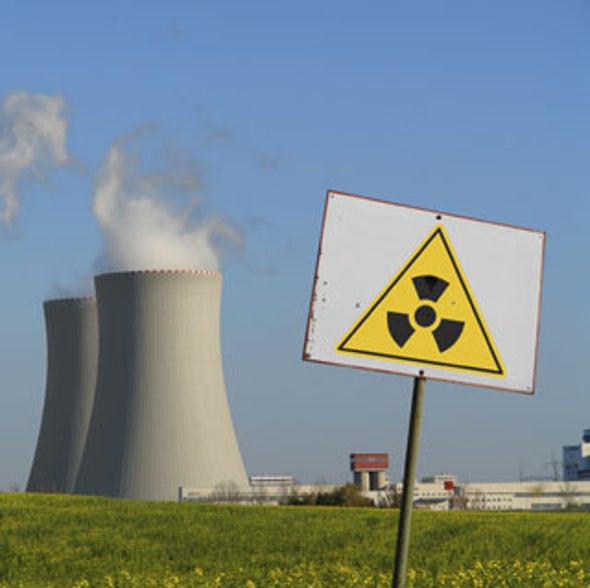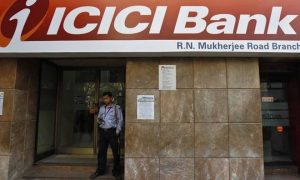For India, operating in a budget-friendly manner without compromising on quality is not a difficult task. Take the example of Chandrayaan-3 — It cost ISRO less than Christopher Nolan’s super-hit film
Prime Minister Narendra Modi on Thursday announced the initiation of operations at India’s first indigenously developed 700-megawatt electric (MWe) nuclear power reactor at the Kakrapar Atomic Power Project (KAPP) in Gujarat.
The unveiling of India’s largest indigenous nuclear reactor comes at a significant time. With leaders of the world’s biggest economies all set to arrive in New Delhi for the G20 Summit next week, India will be able to pitch itself as a manufacturer of cost-effective nuclear energy facilities for the entire world.
Read More: Government introduces stricter rules for SIM card sales
NO MEAN REACTOR
The Nuclear Power Corporation of India Limited (NPCIL) — a public sector enterprise — designs, oversees construction and operates most of India’s nuclear energy reactors.
In 2017, the Modi government had announced plans to set up 10 more Pressurised Heavy Water Reactors. The construction efforts have entered ‘fleet mode’ this year and bulk procurement of components is on.
Up until Thursday, the biggest reactor of indigenous design was the 540 MWe PHWR deployed in Maharashtra’s Tarapur. But now, Gujarat’s Kakrapar nuclear plant holds that title. New reactors are planned in Karnataka’s Kaiga, Gorakhpur in Haryana, Banswara in Rajasthan and Mandla in MP.
Read More: Aditya L1 Launch LIVE Updates: ISRO All Set! India’s First Solar Mission Less Than An Hr Away
INDIA’S NUCLEAR JOURNEY
India has had a long journey in developing nuclear reactors of increasing sizes. The first reactors were built in the 1960s using Western technology.
Following sanctions after the 1974 nuclear tests, India was forced to develop indigenous means to build more nuclear reactors by itself. Fourteen reactors of 220 MWe have been built by India over the years. Indian engineers further improvised designs to increase power generation to 540 MWe, eventually building the reactors at Tarapur in Maharashtra. Therefore, the operationalisation of the latest 700 MWe reactors is a big step for Indian engineers. The next big leap forward is to make 900 MWe Pressurised Water Reactors.
India’s goal is to ramp up its existing nuclear power capacity of 7,480 MWe to 22,480 MWe by 2031. The Modi government is making a big nuclear push as part of its efforts to wean away from coal and fossil fuels and has targeted 500 GW of power from non-fossil fuel sources by 2030.
Read More: Indian Railways’ first Swarna Jayanthi express: 26 Years of Glory! Routes, distances, and more
WHAT INDIA CAN OFFER IN G20
For India, operating in a budget-friendly manner without compromising on quality is not a difficult task. Take the example of Chandrayaan-3 — It cost ISRO less than Christopher Nolan’s super-hit film.
The world, especially developing nations in Africa and Asia, need cost-efficient, sustainable and compact nuclear reactors to meet energy security needs. India can emerge as a net energy security provider for G20, sharing its expertise and technologies with friendly nations within the bloc.
As countries move to achieve net-zero emissions, it is crucial for them to rely not just on costly and big nuclear power plants, but rather transition towards smaller, compact, easier to build and more distributed reactors.
India happens to have developed a niche in the technologies required to make such reactors. As an added bonus, in June this year, United States partnered with India to develop small modular reactors for domestic and export markets. Small modular reactors are factory-made and compact with less than 300 MW capacity. Countries are increasingly turning to SMRs as these have a lesser gestation period, higher power generation period and lower risks. The risks associated with nuclear reactors – though minimised in modern nuclear facilities – are even more subdued in such small modular reactors.
India could soon become a pioneer in SMR supplies. Already, out of India’s 22 nuclear power reactors, 18 have a capacity of less than 300 MWe which means that most are “small” reactors. With the G20 summit barely days away, India will surely pitch itself as an emerging superpower in nuclear power generation.
A NUCLEAR FUTURE
India is of the firm belief that nuclear power will play a critical role in the world’s transition to net-zero emissions. Nuclear power is cleaner and more sustainable and the land footprint of nuclear power is at least 20 times less than that of solar electricity, according to NPCIL.
Compared to nuclear power, which emits 14 g of greenhouse gases per kWh on average, solar energy emits 50 grams per kWh on average. Over the past 50 years, the usage of nuclear power has cut CO2 emissions by roughly 60 gigatonnes. That is almost two years’ worth of total emissions. The emissions from the production of electricity would have been 20 per cent higher today without nuclear power.
The only thing India now must do is reduce the time it takes in designing, constructing, commission and operationalising nuclear reactors. India’s transition to a more nuclear-reliant energy grid must be faster than it currently is. But with the right mindset and set of goals in place, India is bound to achieve what it has set out for.



































